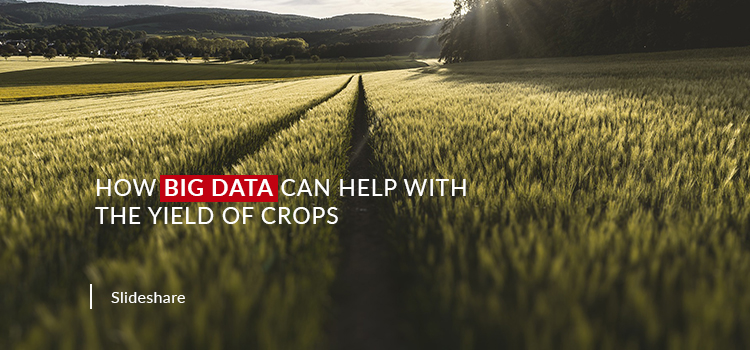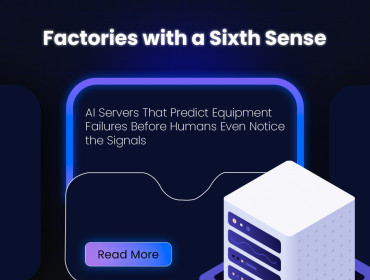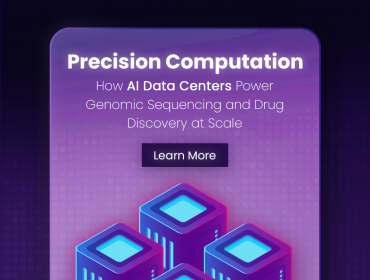Agriculture may have long become the backbone of the healthy civilization, but with the capabilities available today in tech, it would be irresponsible to not to embrace a chance to unite and optimize our attempts to improve sustainable farming.
The set and assessment of big data was one way of achieving creative solutions.
- We may lay the groundwork to predicting trends to profit crop yield by collecting the information gathered by big data as well as parsing into a workable, valuable format for investigation.
- With compiled code, via comprehensive, customer-friendly outcomes, specific variables could be set to produce statistical models as well as research alternatives for more complicated inquiries.
Big data allows us to see a big picture by consolidating data into quantifiable analytics.
Why Should Big Data Be Used in Farming?
There is a bottom line of farming, like every other business model, which makes it necessary to reduce costs to ride profits. Because of the sheer amount of agriculture variables, however, it is hard to calculate an accurate bottom line, and this is where big data offers vital support.
- Big data assimilation makes cost estimates more viable, allowing growers to analyze their activities and decide how much more productive or even profitable processes can be achieved.
- Its CGIAR Big Data System for Agriculture helped lead the electronic farming revolution. It’s initiative focuses on incorporating Analytics tools through a global network in CGIAR Research institutes into the work of over 8,000 agricultural experts.
- The Analytics Platform is speeding up agricultural discoveries which directly translate into useful guidance for farmers. Its CGIAR Platform, of particular, does have the potential of making significant progress in viable intensification, a study field which deals directly with an evaluation of agriculture systems to increase efficiency.
Viable intensification is becoming an important issue in recent times, described by CGIAR as agriculture that boosts crop yields without increasing the number of agricultural lands used (and/or increasing the negative effect of farming on the environment). The world population will grow by nearly two billion people over the next thirty years, as per a UN projection. To order to keep pace with such a population increase, current agricultural output will have to boost up to 60 cents.
Ways through which Big data helps in enriching farming-
Is not only inbound information loaded, but it has also been enriched in different ways, e.g.:
Conversion of data into decisions
It is simple enough yet to collect the data but is more difficult to derive this into enriching, useful information which can be used to efficiently shape one decision. Eventually, to be beneficial, big data must be standardized as well as converted to available statistics.
Agricultural inefficiencies also caused huge economic costs, yet emerging technologies were able to provide solutions, as when the U.S. market of precision farm tools is expected to grow by much more than as 14 percent by 2022.
Sensors now can gather data on the conditions of soil, wind, and water. Drones can investigate fields for potential issues. It is possible to monitor specific plants to verify their dietary intake. Big data can be used to dramatically streamline modern agricultural practices to urban growers in conjunction with the Internet of Things.
To enable farmers to analyze data to increase productivity and profitability, Precision Planting makes sure which seeds planted maintain inferior crop yields.












